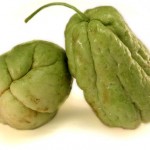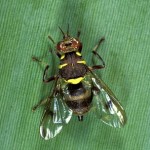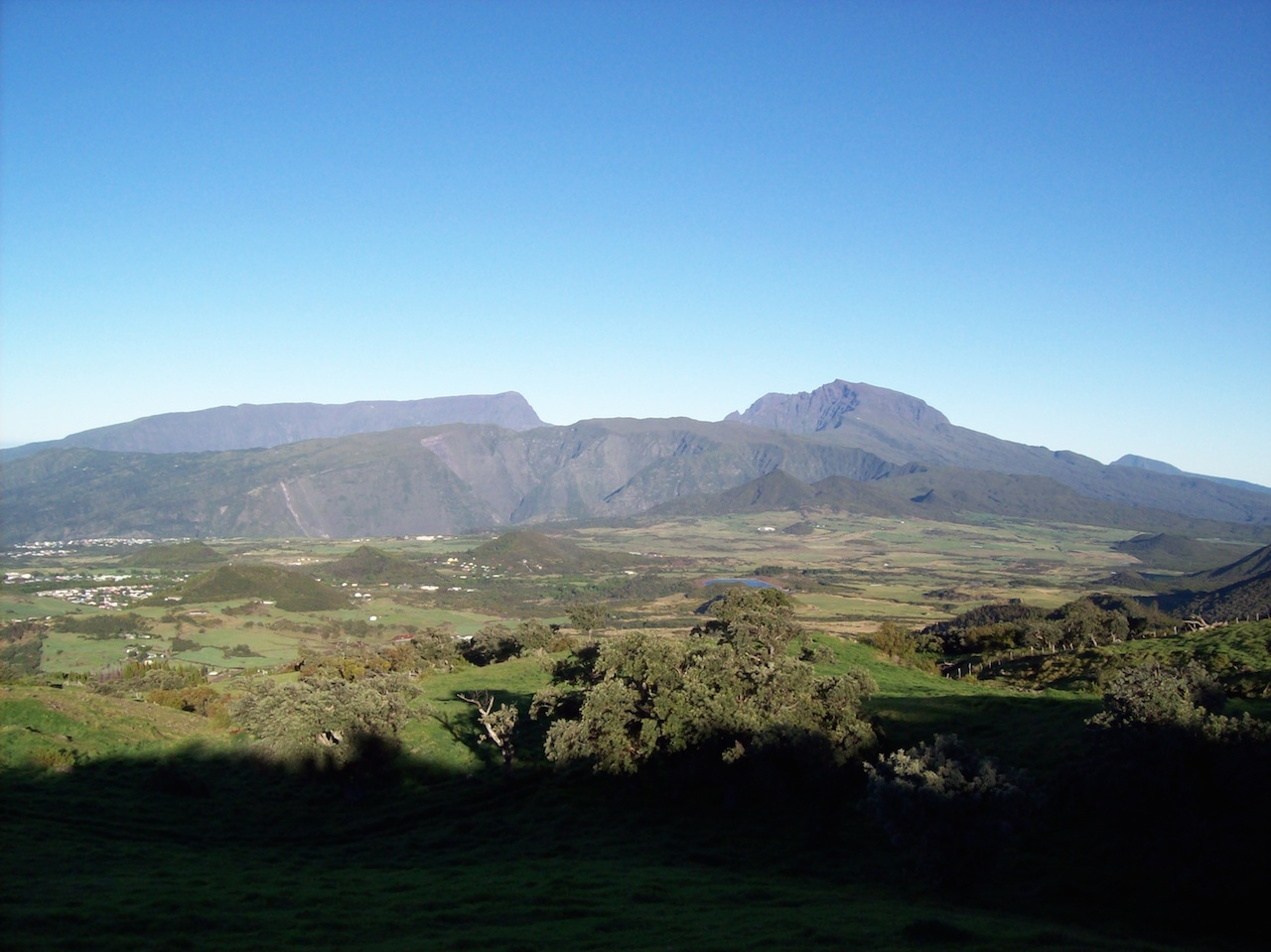Context :
End of studies research work took place in 2008 within the Plant Protection Pole of CIRAD (Center for International Cooperation in Agronomic Research for Development) of Reunion.
Since the colonization of the island by men, and with the significant development of human activities in recent decades, many animal and plant species have been introduced.
In this way, several insect species, in the absence of their natural predators, benefit from an environment offering optimal conditions for their reproduction. The multiplication of these populations causes significant agricultural (in terms of production and economic profitability) and phytosanitary damage.
caption id=”attachment_415″ align=”alignright” width=”150″] Intensive pesticide application[/caption]
Intensive pesticide application[/caption]
The massive use of phytosanitary chemicals, although intensive, does not prove any recourse. It is therefore a question of finding more effective control methods (“agro-ecological”), less expensive and above all less harmful for the environment and humans. Indeed, these products, by their spreading in large quantities in nature, are found in soils, throughout the trophic chain and de facto in human consumption.
My mission :
My mission, innovative and forerunner, has been to take an interest in the control of populations of 3 species of flies of the Tephritidae family, pests of a typical Reunion Island culture: the Chouchou (Sechium edule, Cucurbitaceae).
caption id=”attachment_313″ align=”alignleft” width=”150″] Choucou fruits (Sechium edule)[/caption]
Choucou fruits (Sechium edule)[/caption]
The main objective has been, through in situ and laboratory studies, to acquire sufficient and necessary knowledge on fly/chouchou interactions to allow a better understanding of reproduction, biology, biological cycle, extent of damage… in order to propose more appropriate control methods. The interest is to reduce the quantities of insecticides spread in the environment, to increase production, therefore to lower production costs; but also to reduce pollution.
caption id=”attachment_99″ align=”alignright” width=”150″] D. demmerezi female (Photo A. FRANCK-CIRAD)[/caption]
D. demmerezi female (Photo A. FRANCK-CIRAD)[/caption]
During my research, I was able to highlight the spatio-temporal dynamics of flies on crop plots. For example, I was able to observe, against all expectations, that the flies did not feed on the plots of Chouchou, but on very specific peripheral plant species. The insecticides, until now used, called food (by absorption) and deposited in very large quantities on crop plots, could not in any case be effective! Thus, using my results, I developed new, more agro-ecological control protocols such as the deposition of insecticides on fly feeding sites.
(contact me for more information)
For more information on Tephritidae flies, follow this link
-
Recommendations for books on this theme
– Ecology : from model to innovation : agro-ecosystem design and governance


